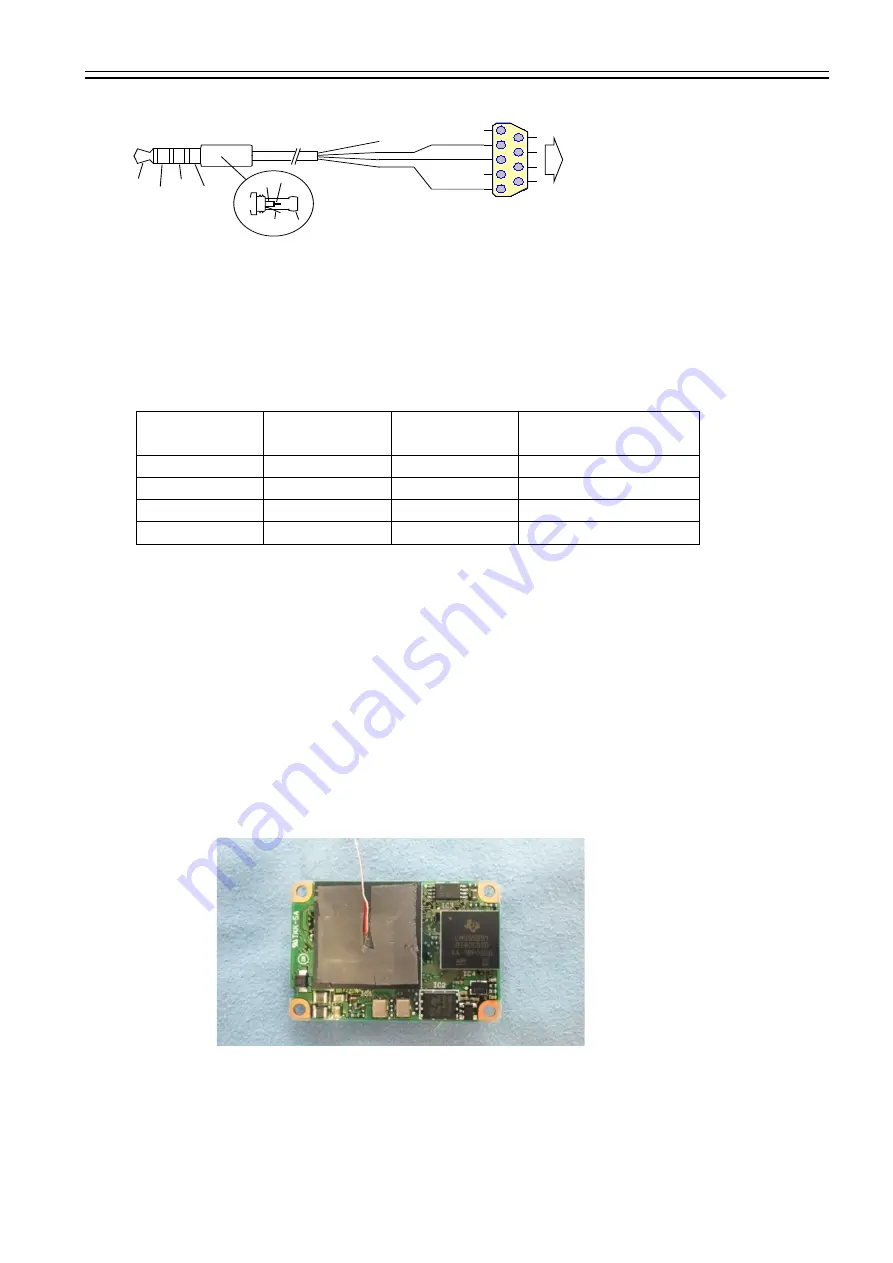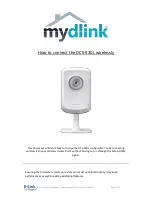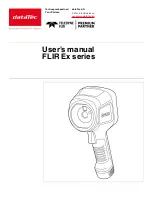
DCC-HD3
Rev. 905-0118-00
©2017 CIS Corporation. All rights reserved.
8
Connection of φ3.5 (4 poles) Connector (RS-232C)
7.
Guideline for Thermal design
This camera module is designed for embedding into a chassis. Therefore, operating the board itself without heat dissipation
will exceed the tolerance of the operation temperature of component parts. The operation temperature will reach 130
℃
when operating the FPGA without casing. Never leave it operating without casing as it may cause burn injury and damages
to the camera. Please refer to the guideline below for designing heat dissipation.
7.1.
Operating temperature of main parts
Board (ref)
Data sheet value
Upper limit temperature of
IC package surface
Image sensor
BI-HD3(IC1)
ta=75
℃
85
℃
FPGA
MB-HD2X(IC1)
tj=85
℃
80
℃
CPU
MB-HD2X(IC4)
ta=85
℃
95
℃
SDI IC
PD-HD1X(IC3)
ta=85
℃
95
℃
The upper limit temperature of the package is ta+10
℃
for parts defined as “ta” on a data sheet.
As the data sheet value of FPGA is defined as “tj,” the upper limit temperature of FPGA shall be 80
℃
based on the
thermal conductivity of the package and power consumption.
Please dissipate heat so that the surface temperature of the IC package on a board in the chassis will not exceed the
upper limit temperature. Please measure the temperature in the usage environment.
Give the first priority of heat dissipation to the FPGA because it is the major heat source.
7.2.
How to measure the temperature of the device surface
Tape a thermocouple on the device surface, make a slit in the heat conducting sheet, and then make the heat-sink be
appressed onto it to measure temperature.
(E.g.
:
Temperature measurement of the FPGA surface)
N.C.
RXD
TXD
GND
1
2
3
4
1
2
3
4
5
6
7
8
9
9pin D-Sub(female)
RXD
TXD
GND
1
2
3
4
N.C.
1
2
3
4
PC









































